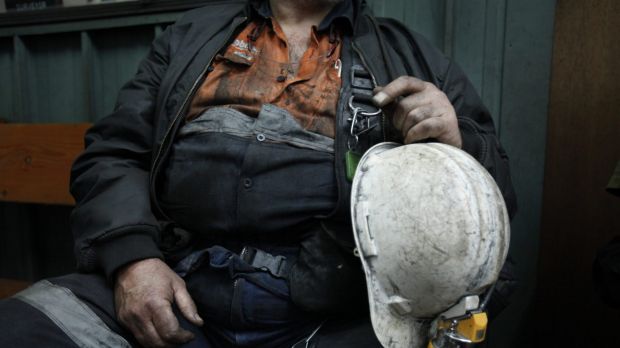A review of chest x-rays from Qld coal miners has revealed 18 more cases of possible pneumoconiosis
A US expert’s review of chest x-rays from Queensland coal miners has revealed 18 additional cases of possible pneumoconiosis that were not detected by a state-run screening system.
The review of a sample of 248 X-rays and health records has revealed that 18 cases with opacities consistent with “black lung” caused by coal dust exposure, on top of the 11 cases confirmed by the Queensland government since last year.
“What the experts are telling us is that there may be a 7.3% incidence rate of black lung disease amongst Queensland coalmine workers in the sample they have looked at,” CFMEU Queensland president Stephen Smyth said.
The original radiology reports had identified abnormalities consistent with simple pneumoconiosis in only two of the 18 cases. In both cases, however, doctors did not follow up on the radiologists’ reports. In 13 cases, no abnormalities were observed in the radiologists’ reports, and three reports had gone missing.
A report into the re-emergence of black lung in Australia, released on Wednesday, found “clear deficiencies” at many levels of the existing respiratory screening system, including examinations conducted mostly by GPs.
Of 30 spirograms assessed as abnormal by reviewers, only two had been accurately identified by Australian doctors, according to the report compiled by the Monash Centre for Occupational and Environmental Health in collaboration with experts at the University of Illinois.
The report, commissioned by the Queensland government, calls for sweeping changes to the screening scheme, including formal training for doctors and tighter dust controls at mines.


